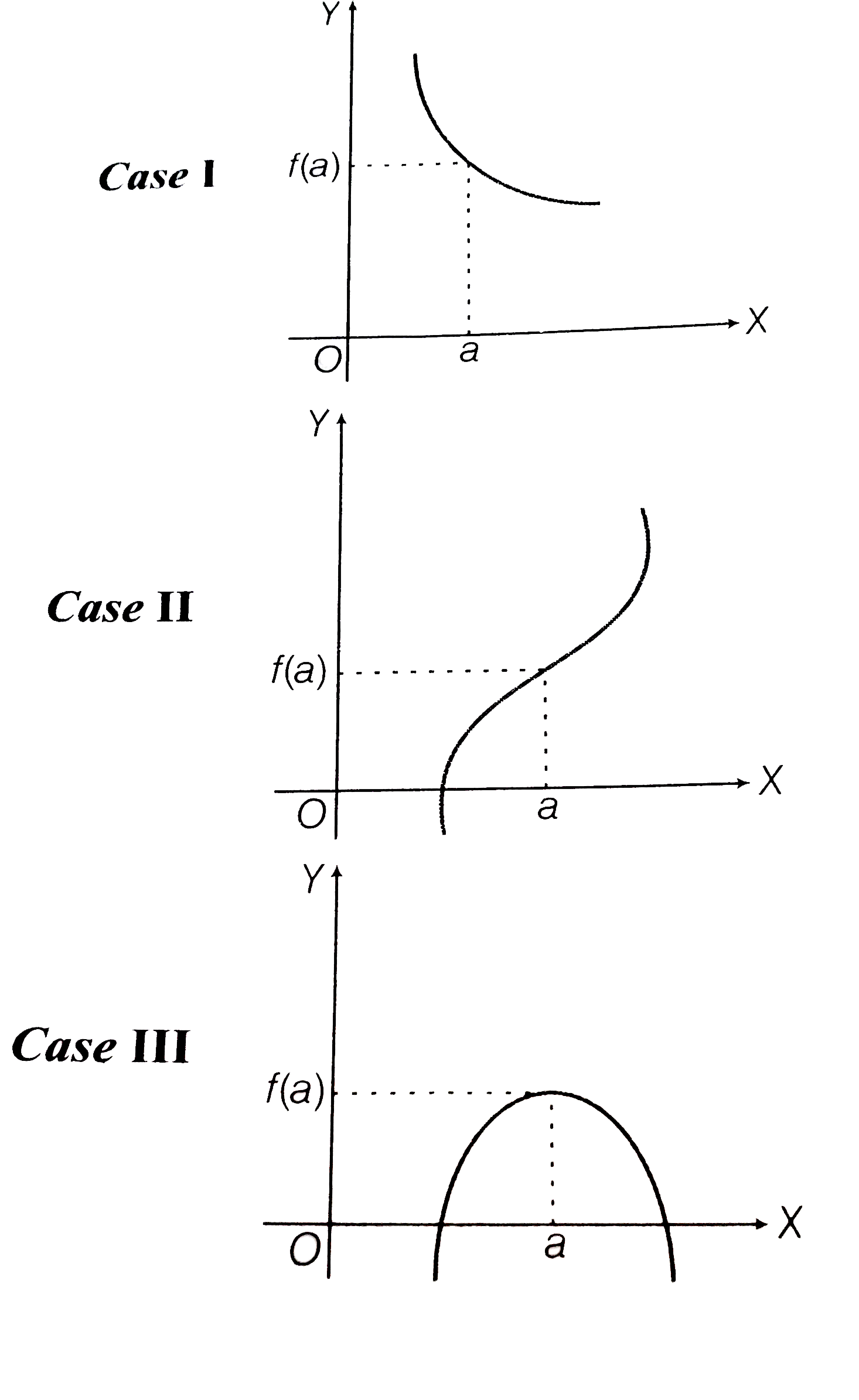limt→01−(1+t)tIn(1+t)−t is equal to Solution in Punjabi
12
−12
2
−2
The correct Answer is:C
Step by step video & image solution for lim_(t to0)(1-(1+t)^(t))/(In (1+t)-t) is equal to by Maths experts to help you in doubts & scoring excellent marks in Class 12 exams.
Updated on:21/07/2023Topper's Solved these Questions
- LIMITSBOOK - ARIHANT MATHSCHAPTER - LIMITSEXERCISE - Exercise (More Than One Correct Option Type Questions)
15 Videos
- LIMITSBOOK - ARIHANT MATHSCHAPTER - LIMITSEXERCISE - Exercise (Passage Based Questions)
10 Videos
- LIMITSBOOK - ARIHANT MATHSCHAPTER - LIMITSEXERCISE - SOLVED EXAMPLES
1 Videos
- INVERSE TRIGONOMETRIC FUNCTIONSBOOK - ARIHANT MATHSCHAPTER - INVERSE TRIGONOMETRIC FUNCTIONSEXERCISE - Exercise (Questions Asked In Previous 13 Years Exam)
8 Videos
- LOGARITHM AND THEIR PROPERTIESBOOK - ARIHANT MATHSCHAPTER - LOGARITHM AND THEIR PROPERTIESEXERCISE - Exercise (Questions Asked In Previous 13 Years Exam)
4 Videos
Similar Questions
If limx→∞4x(π4−tan−1(x+1x+2))=y2+4y+5 then y can be equal to
View SolutionIf limx→af(x)=1 and limx→ag(x)=∞ then limx→a{f(x)}g(x)=elimx→a(f(x)−1)g(x)
limx→0(sinxx)sinxx−sinx is equal to
View SolutionTo evaluate limx→a[f(x)], we must analyse the f(x) in right hand neighbourhood as well as in left hand neighbourhood of x=a. E.g. In case of continuous function, we may come across followign cases.


Iff(a) is an integer, the limit will exist in Case III and Case IV but not in Case I and Case II. If f(a) is not an integer, the limit exists in all the cases. ltbgt If f'(1)=−3 and limx→1[f(x)−12] does not exist, (where [.] denotes the greatest integer function), then
View SolutionIf α=3sin−1(611andβ=3cos−1(49), where the inverse trigonometric functions take only the principal values, then the correct options (s) is (are)
View SolutionIn Which quadrant Point (−2,−3) will be lie.
View Solutionlim_(t rarr1)(sqrt(t)-1)/(t^((1)/(3))-1)
View SolutionLet f(t)=|[cost,t,1],[2sint,t,2t],[sint,t,t]| then find lim_(t->0) f(t)/t^2.
View SolutionIf t=11−4√2 then t equals
View SolutionSuppose that a and b(b≠a) are real positive numbers, the value of limt→0(bt+1−at+1b−a)1/t has the is equal to
View SolutionFind limt→0√t2+9−3t2
View SolutionIf ∫10et1+tdt=a, then ∫10et(1+t)2dt is equal to:
View SolutionEvaluate the following limt→11−1tsin[π(t−1)]
View SolutionCompute limt→1√t−1t−1
View Solutionlimt→0(1t√1+t−1t)
View SolutionIf A(t)=∫t−1e−|x|dx, then limt→∞A(t) is equal to
View SolutionLet f(t)=∣∣ ∣∣costt12sintt2tsinttt∣∣ ∣∣ then find limt→0f(t)t2.
View Solution
